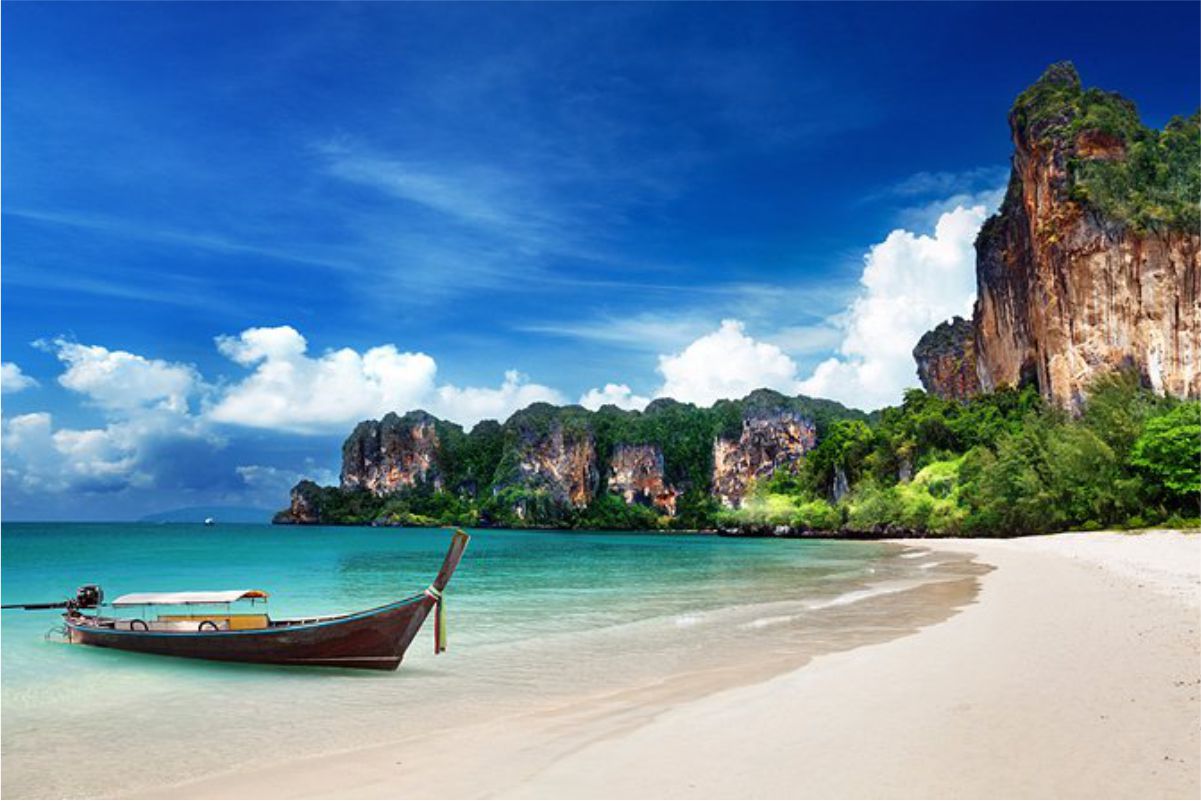
Thailand Railway Beach
Krabi province is home to some of Thailand's most famous beach destinations–and Railay tops the list as one of the most stunning. Considered by many as one of the best beaches in the country, Railay delivers on promises of white sand, turquoise-blue water, and the feeling that you've found a slice of paradise even before your feet touch the sand.
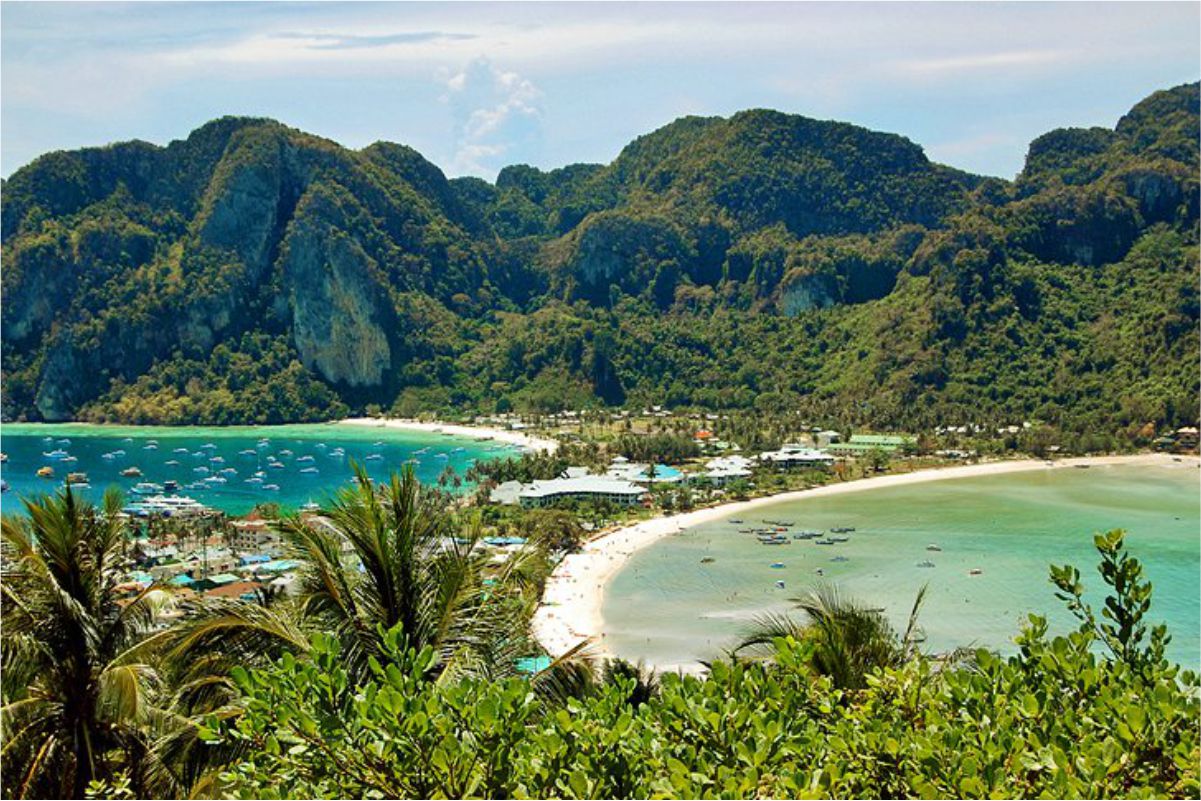
Phi Phi Islands
The Phi Phi Islands are one of Thailand's most popular resort areas for a reason–the clear blue waters, the soft sand, the breathtaking views that go on forever.

Grand Palace
Even if your plans for Thailand mainly involve frolicking on a beach and eating as much Massaman curry and pad Thai as humanly possible, you'll probably spend at least a day or two in Bangkok. There are plenty of things to see and do in the capital, but the Grand Palace should definitely be at the top of your list. This is the number one sightseeing attraction in the city, and it's staggering in both historical significance and craftsmanship.

Thailand Sunday Walking Street Chiang Mai
Every Thailand visitor looks forward to cheap and delicious food–and that's exactly what they can find in abundance at Chiang Mai's Sunday Night Walking Street. Vendors sell all kinds of treats here: from the popular pad Thai and chicken satay to samosas, fried bananas, sweet roti, and fresh fruit shakes–often for less than $2 a piece.
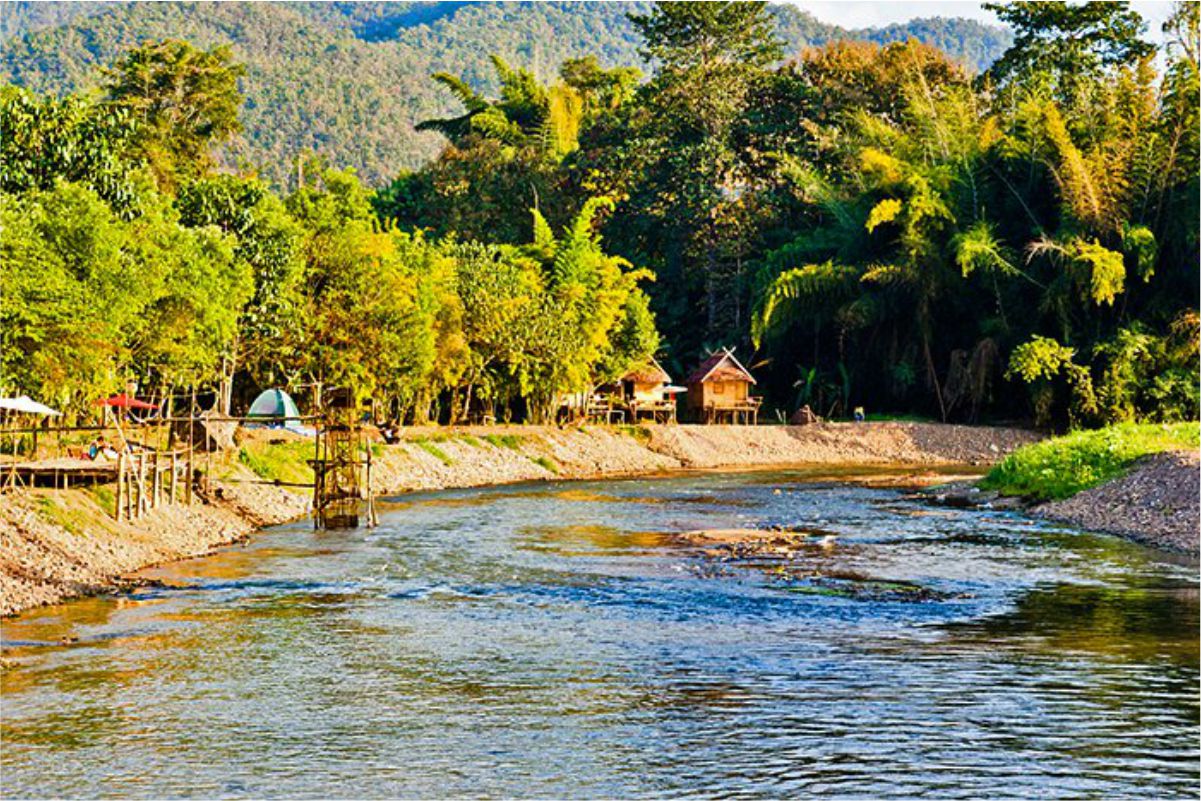
Thailand Pai
Thailand's reputation as a country of beautiful landscapes and friendly people is due largely to the world-renowned southern beaches. Because of this, most people don't realize that the vast north is also home to entirely different but equally breathtaking places to visit.
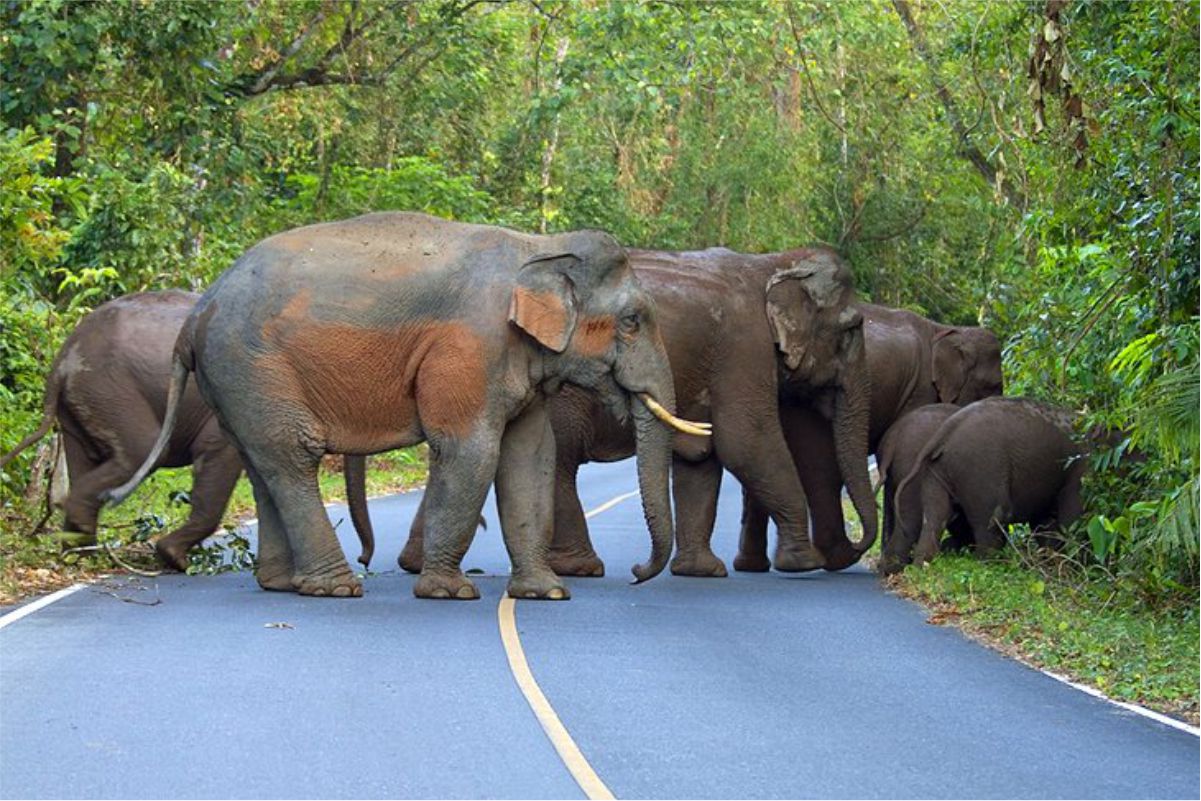
Khao Yai National Park
Elephants are revered in Thailand, and statues and paintings of them can be seen everywhere you go, including the royal palaces and many temples. For the ultimate experience, however, nothing beats the chance to see elephants in their natural environment–and Khao Yai National Park provides a great opportunity to do just that.

Thailand Sukhothai
A favorite stop for history buffs and photography enthusiasts, Sukhothai offers many lovely photo ops at a smaller scale than Ayutthaya. Ruins of this old city still stand proud despite enduring centuries of battle and exposure to the elements. Sukhothai's Old City is a UNESCO World Heritage site, and much has been invested to restore and preserve one of Thailand's most significant historical sites.

Thailand Ayutthaya
Ayutthaya offers a magnificent peek into the glory of ancient Thailand, where visitors can wander the haunting but romantic ruins of the former capital.

Koh Samui Island
Koh Samui island is the country's second-largest island and home to some of the most beautiful golden coastline you'll find in Southeast Asia. Each beach on Koh Samui offers something different: some are ideal for peaceful isolation; others are filled with activities, water sports, and big crowds.

Thailand Doi Suthep
Perhaps the best-known wat in Chiang Mai sits atop Doi Suthep, a mountain overlooking Thailand's second-largest city. A favorite destination of devout Buddhist followers and travelers from all over the world, Doi Suthep is a marvel of intricate religious carvings – a visit here means seeing monks praying, witnessing worship rituals, and a chance to gaze out over the ever-growing sprawl of Chiang Mai city.

Thailand's Floating Markets
Thailand's floating markets offer a unique way to do some shopping and eating while supporting local vendors and getting a closer look into a traditional way of life.
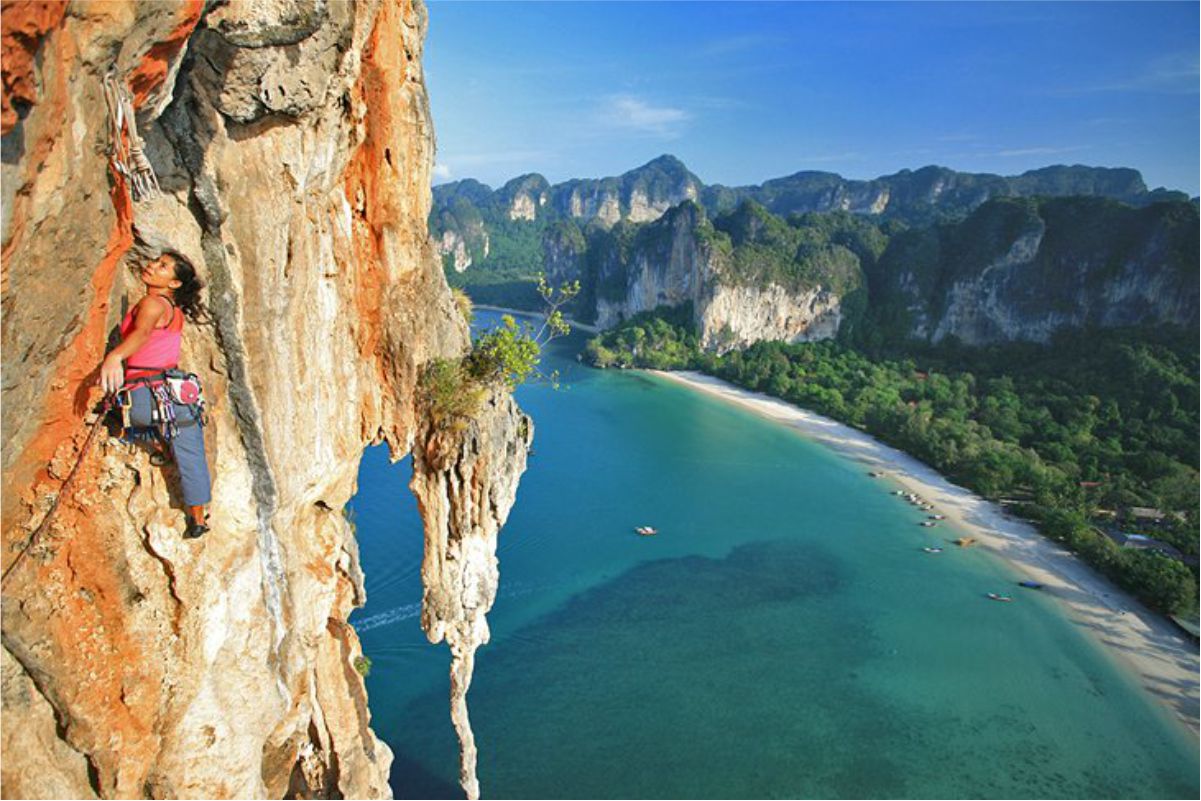
Thailand Tonsai Beach
With its stunning limestone cliffs hugging sandy coastlines and turquoise waters, Thailand attracts plenty of climbers all year long – and while there are many destinations that offer stunning routes, Tonsai Beach has long been considered a climbers' paradise. One of the great things about climbing here is that you can just as easily climb solo or find a climbing partner or club once you arrive – and if you need a refresher lesson, that won't be a problem to find here either.

Thailand Kanchanaburi Bridge
Better known to many as "the bridge over the River Kwai," the Kanchanaburi bridge is part of the Thai-Burma Railway that never came to be. During WWII, Japanese forces were intent on building a railway link between Thailand and Burma and used Allied prisoners of war (mostly British, Dutch, and Australian citizens) for forced labor. Over 12,000 Allied prisoners ended up dying during the one year the bridge was under construction – and reconstruction, as the bridge was bombed and damaged more than once – leading to it being known as the "Death Railway."

Erawan National Park
Erawan National Park has much to offer to visitors, including a number of caves; paths that cut through thick deciduous forests; and fauna that includes wild elephants, gibbons, and great hornbills. But it's the waterfalls here – and especially the seven-tiered Erawan Falls – that attract the bulk of the visitors.
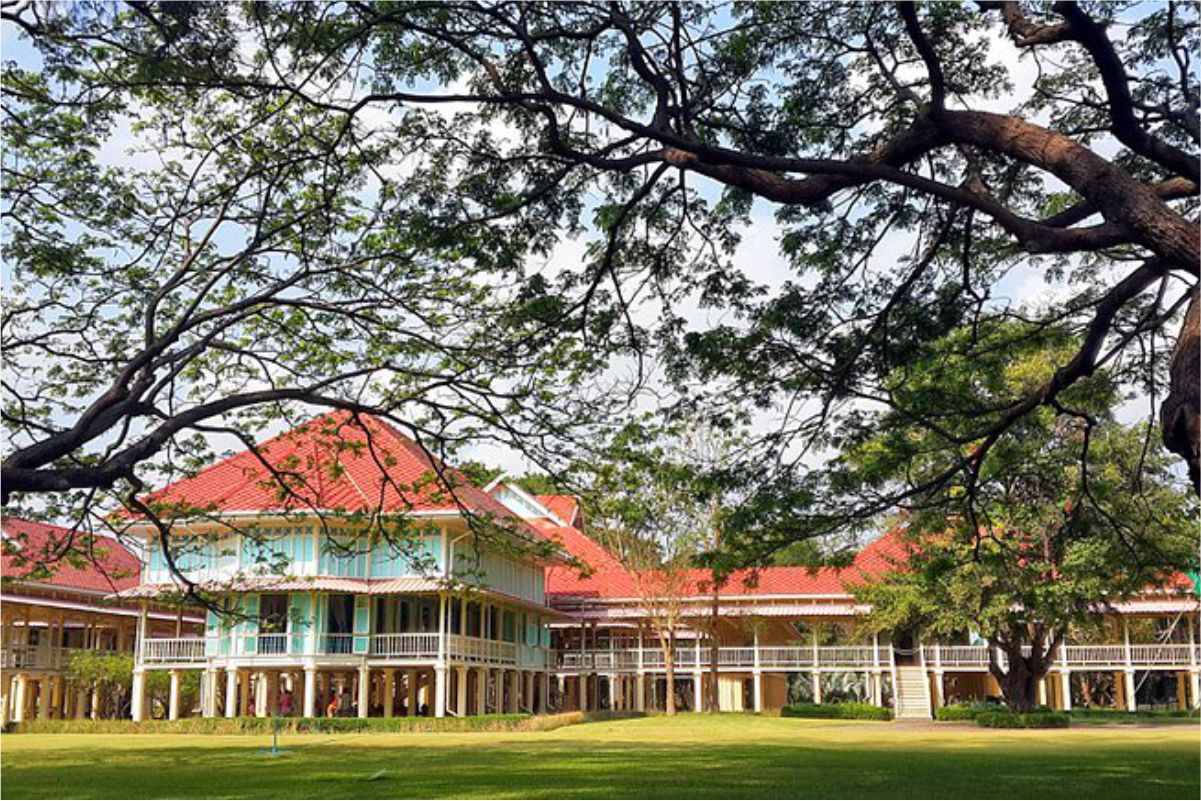
Maruekhathaiyawan Palace
Built as the summer residence of King Rama VI, who reigned until 1925, this unique teak palace is stunning in many ways. The king originally ordered its construction following a suggestion by his doctor, who thought an airy seaside climate would help the king's rheumatoid arthritis.

Khao Sok National Park
Khao Sok National Park is a unique mix of very diverse ecosystems. Home to rain forest that's older than the Amazon, the park also contains a limestone mountain range covered in karst formations, many kilometers of trails, and even a river you can explore on canoes or bamboo rafts. The park is home to Malayan sun bears, tigers, and wild elephants–and sightings aren't rare once you get deep into the evergreen rain forest.